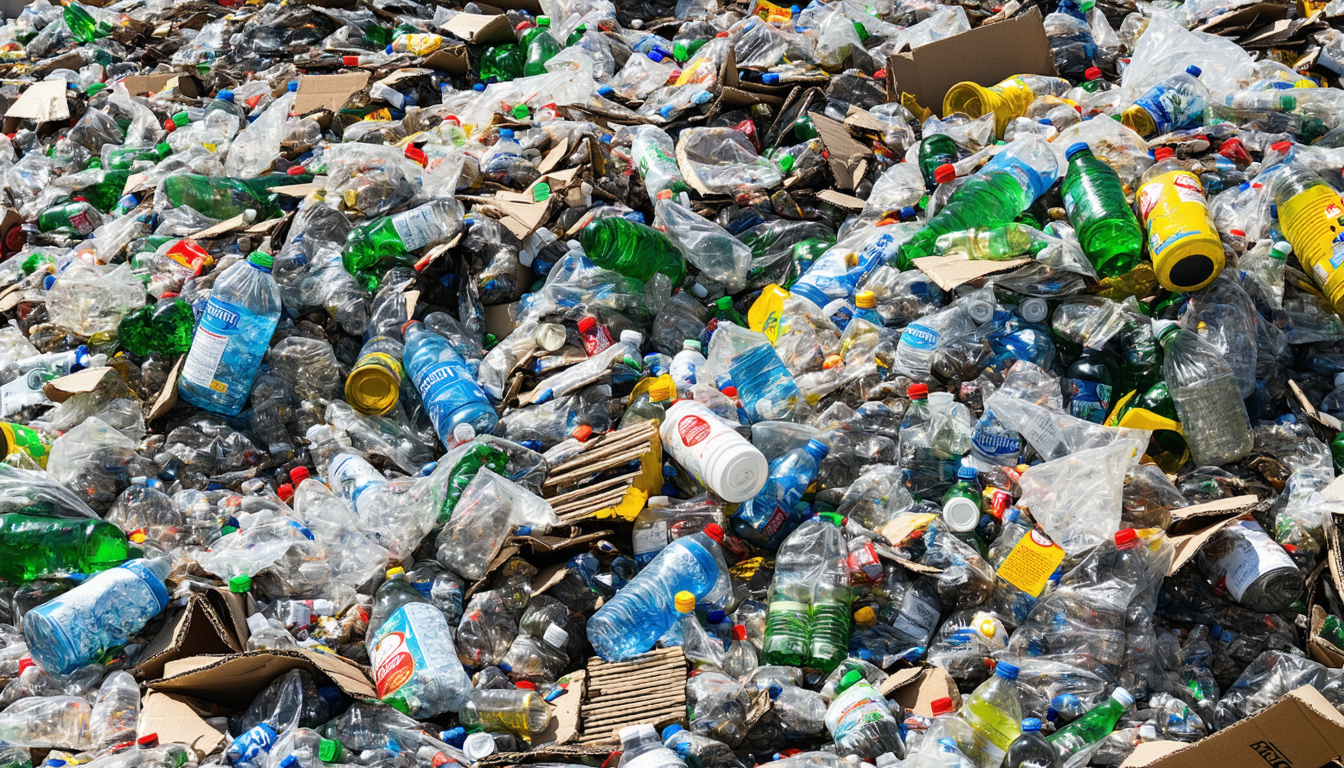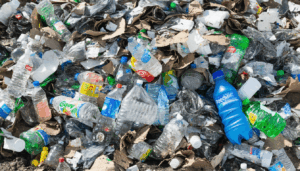In a significant environmental milestone, waste management initiatives across the United States have achieved a remarkable 30% reduction in landfill waste over the past year. Federal, state, and local authorities announced these results yesterday during the National Sustainability Summit in Washington, D.C., highlighting collaborative efforts between government agencies, private enterprises, and community organizations that have revolutionized America’s approach to waste management.
Comprehensive National Strategy Yields Impressive Results
The dramatic decrease in landfill waste stems from the implementation of the National Waste Reduction Initiative, launched 18 months ago with bipartisan support. Environmental Protection Agency Administrator Sarah Johnson revealed that the program has exceeded initial projections, which had targeted a more modest 20% reduction by this time.
“We’re witnessing a fundamental shift in how Americans think about waste,” Johnson stated. “This isn’t just about diverting materials from landfills—it’s about reimagining our relationship with consumption and disposal.”
The initiative’s success rests on three key pillars: enhanced recycling infrastructure, commercial composting programs, and innovative waste-to-energy technologies. Major metropolitan areas including Chicago, Houston, and Philadelphia have reported landfill diversion rates exceeding 40%, setting new benchmarks for urban waste management.
Corporate America Embraces Circular Economy Principles
Major corporations have played a crucial role in reduced landfill waste through ambitious sustainability commitments. Retail giant Target has eliminated 85% of packaging waste across its supply chain, while Amazon has implemented a closed-loop system that repurposes 75% of shipping materials.
“The business case for waste reduction has never been clearer,” explained Marcus Chen, Chief Sustainability Officer at Walmart. “Our zero-waste initiatives have generated $230 million in savings while significantly reducing our environmental footprint.”
Manufacturing sectors have also contributed substantially, with automotive and electronics industries adopting design-for-disassembly principles that facilitate material recovery at end-of-life. Ford Motor Company recently announced that 90% of materials in its newest vehicle models can be reclaimed and recycled.
Community-Based Programs Drive Grassroots Change
Local initiatives have proven equally important in the national waste reduction effort. Community composting programs have expanded to over 5,000 municipalities, diverting organic waste that previously constituted nearly 30% of landfill volume.
“The most effective waste reduction happens at the community level,” noted Dr. Elena Rodriguez, director of the Waste Management Research Institute. “When residents see tangible benefits from their participation, behavioral change becomes sustainable.”
Educational campaigns in schools have created a new generation of waste-conscious citizens. The “Zero Waste Classroom” program, now implemented in over 12,000 schools nationwide, has reduced school waste by an average of 65% while teaching students practical sustainability skills.
Economic Benefits Emerge as Powerful Incentive
The economic impact of reduced landfill waste has surpassed expectations, generating approximately 85,000 new jobs in recycling, composting, and material recovery sectors. Communities with pay-as-you-throw waste systems have reported average household savings of $340 annually, creating financial incentives that reinforce environmental benefits.
“What we’re seeing is the emergence of a robust circular economy,” said Treasury Secretary Michael Patel. “Reduced landfill waste isn’t just an environmental win—it’s creating economic opportunities across the country.”
Future Challenges Remain Despite Progress
Despite impressive gains, experts caution that maintaining momentum will require addressing remaining challenges. Contamination in recycling streams continues to undermine efficiency, while rural areas lag behind urban centers in access to advanced waste management infrastructure.
“We’ve made tremendous progress, but the next phase will be even more challenging,” warned Johnson. “Reaching our goal of 50% landfill reduction by 2030 will require deeper systemic changes and continued innovation.”
FAQ: Reduced Landfill Waste
What has contributed most to the reduction in landfill waste?
The combination of improved recycling infrastructure, widespread adoption of composting, and corporate sustainability initiatives has driven the most significant reductions.
How are communities benefiting economically from waste reduction?
Communities see direct savings through reduced landfill tipping fees, new job creation in recycling and composting sectors, and decreased waste collection costs.
What can individual households do to support landfill waste reduction?
Households can participate in local composting programs, properly sort recyclables, choose products with minimal packaging, and support businesses with strong sustainability practices.
When will the next phase of the National Waste Reduction Initiative begin?
The second phase is scheduled to launch in January 2026, with increased focus on hard-to-recycle materials and expanded producer responsibility requirements.




